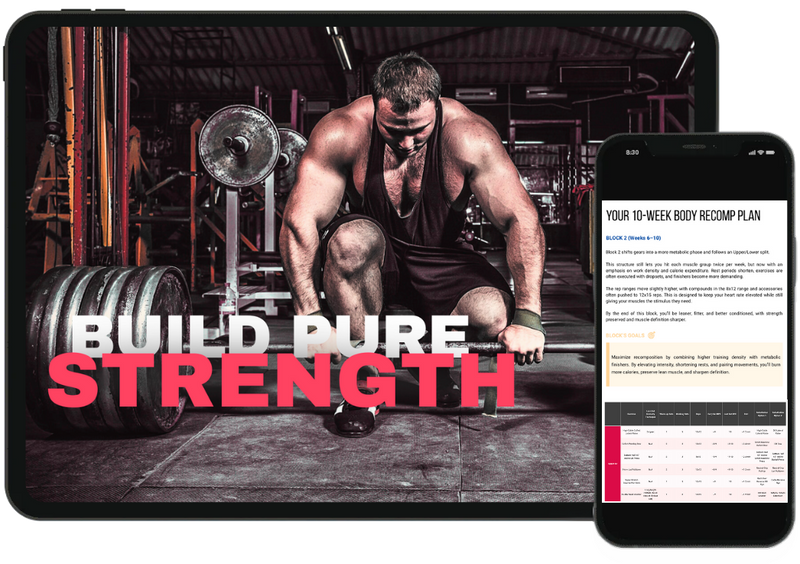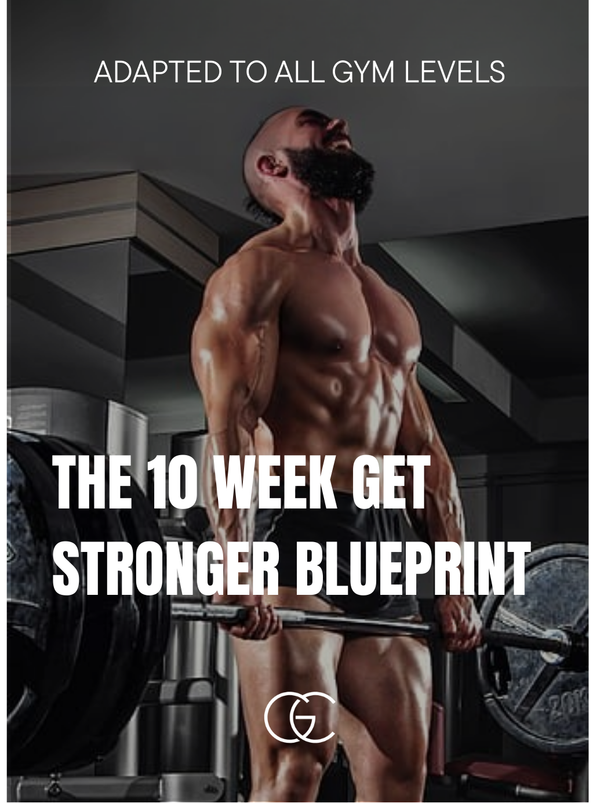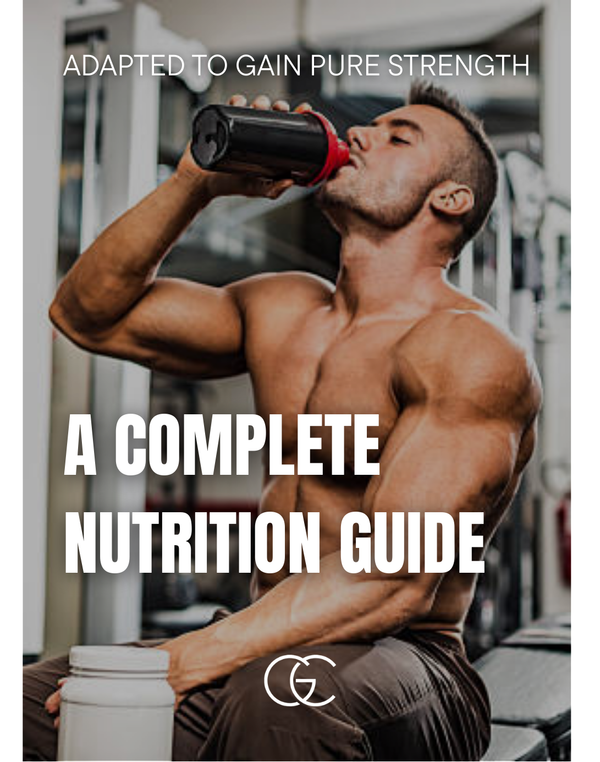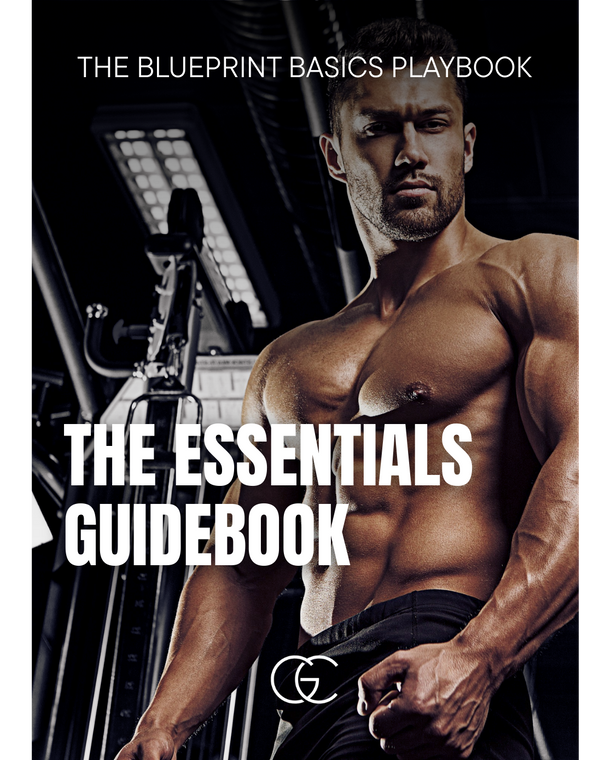WHAT’S NEW?

WHAT’S INCLUDED



What You’ll Need to Get Started
This program is designed entirely around building muscle, so it emphasizes machine and cable-based movements to maintain constant tension and controlled mechanics.
But don’t worry if you don’t have access to a full gym—every movement includes alternatives using dumbbells or barbells to give you the same results.
For best results, a well-equipped gym with machines and a cable stack is ideal. However, you can still follow the plan at home with just a few essentials: an adjustable bench, pull-up bar, and a set of dumbbells, as long as you're flexible with substitutions.
We also suggest some optional gear recommendations like straps, chalk, and knee sleeves. They're not mandatory, but they can definitely help boost your performance.








